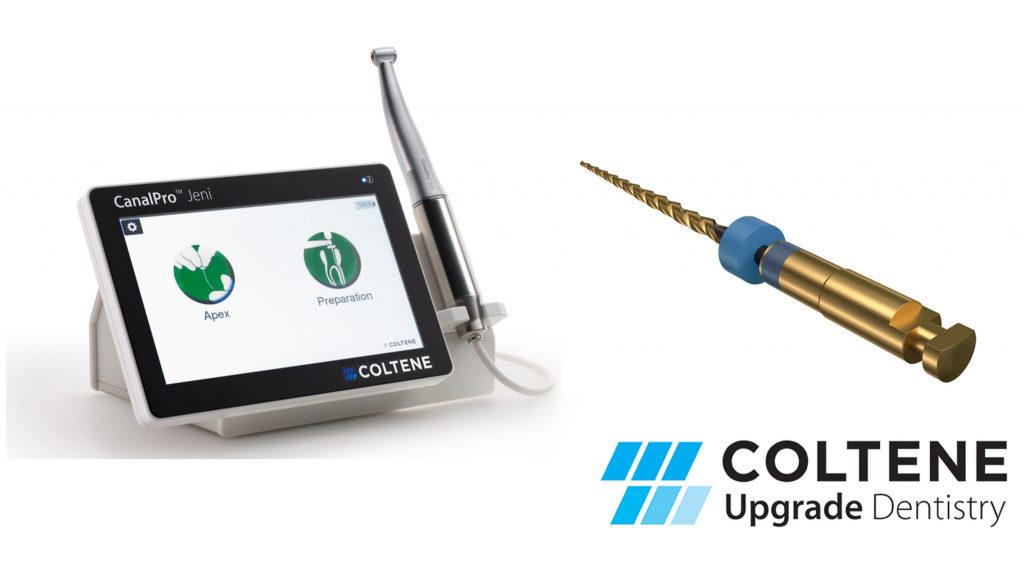Dental anxiety, always there no matter how much we evolve
Featured Products Promotional FeaturesPosted by: Dental Design 2nd August 2021

Dental anxiety, fear or phobia is a topic that is always worth a revisit. Since the history of dentistry began, and through its continued evolution, the expectation of treatment, as well as the treatment itself and the person who delivers it, has stimulated emotional and/or physical responses.
If someone is extremely phobic, they may struggle to even walk past a dental practice. At the other end of the scale, mild or moderate dental anxiety can occur in anticipation of a diagnosis or procedure – for example, an individual experiencing toothache worrying what the dentist might uncover during the examination. Somewhere in the middle, a patient might have a specific fear of needles, or gagging, or there may be a combination of factors at play.
Fear is a natural, primitive human reaction, so patients must know that some degree of anxiety is normal. In the face of any kind of threat or danger, be it physical or psychological, an instinctive biochemical response kicks in, as we decide whether to confront, to try to avoid, or to escape from it completely, aka “fight or flight”. The manner of the response is adaptive and individual and will range from rational (appropriate) to irrational (phobia). So, although a level of fear as a protective mechanism is expected, when this triggers an urge for flight, this could mean a patient self-medicates rather than makes an appointment or chooses not to accept a treatment plan.
A combination of complicated factors
Surveys that give incidence of dental anxiety, fear or phobia won’t necessarily paint an accurate picture, if someone does not admit their anxiety, or considers themselves unafraid of the dentist – until they have an emergency. A post-COVID world adds another layer, as research conducted before 2020 won’t account for those who now feel anxious about safety and infection control in the dental practice, something they always took for granted.
The mouth is an intimate part of the body and the thought of someone working in close proximity and carrying out a procedure that may be painful and/or uncomfortable is anxiety-inducing for even the most resilient. They may have had a terrible past experience at the dentist or know of one that happened to someone else. There is evidence to suggest that “conditioning” from others may lead to dental phobia in children and adolescents, for example.[i]
The thought of being vulnerable during invasive treatment can trigger fear. A patient who feels unable to tell you that they are feeling nervous, or who is nodding when you’re explaining your recommendations, but doesn’t come back – this is the opposite of what modern preventive dentistry is seeking to achieve. Good relationships that create trust and loyalty lead to better clinical outcomes, and dentists should consider their patients’ non-verbal communication as well as what they’re actually saying. Great dentistry is about your ongoing partnership, but the patient is in control. Patients know they can flex their consumer muscles to choose a practice based on a number of factors from cost to convenience; when they are investing their time and money in you, they expect a quality experience. Anxiety may be compounded if they are embarrassed about the state of their oral health, but you’re there to fix not judge, to heal not hurt.
 Methods to help
Methods to help
Strategies to help patients may be used in combination and involve trial and error, depending on the individual. Someone with extreme phobia will likely require multi-agency support. In other cases, sedation may be the best way forward. For those with mild/moderate anxiety, there are plenty of things you can do to put them at ease and encourage treatment acceptance. Offer distractions, like relaxing music, or give them simple breathing exercises to learn in advance, to bring about a sense of calm. Ask your success story patients to provide a testimonial. Talk as well as listen – for treatment such as endodontic therapy, which seems to come with its own mythology of fear, explain the benefits of going ahead. Give a full breakdown of each step, the tools and processes you will use. COLTENE has a range of quality endodontic materials that can ensure efficiency and comfort – from the CanalPro™ Jeni that offers autonomous digital navigation in the root canal, to the HyFlex™ EDM files, including the REMOVER file for mechanical retreatments. This will fight the sense of the unknown, help them understand that any pain will be temporary and that the chances of achieving successful, enduring results are high.
Dental anxiety is a problem with no ground-zero. It’s about finding the fine line between accepting some level as normal and expected, but not letting it inhibit successful dentistry. Despite all the amazing things we can do, anxiety, fear and, in some cases, phobia, will never go away and therefore we must always show empathy and offer practical, tailored solutions.
For more on COLTENE, visit www.coltene.com,
email info.uk@coltene.com or call 0800 254 5115.
Author: Mark Allen, General Manager at COLTENE
[i] Milgrom P, Vignehsa H, Weinstein P. Adolescent dental fear and control: prevalence and theoretical implications. Behaviour Research and Therapy. 1992 Jul 1;30 (4):367-73.









